What is “Deadliest Catch”?
During the Alaskan king crab and snow crab fishing seasons, crab fishermen brave dangerous and sometimes potentially fatal conditions in the Bering Sea. just to earn an honest living. “Deadliest Catch” is the reality series that follows their journeys, and has been dubbed one of the Discovery Channel’s best offerings, since its premiere on 12th April 2005.
The show makes sure to point out the job’s inherent risks: extreme weather conditions including high waves and gale-force winds, possible physical injury from the heavy pots which are used to store the crabs, and fishing boats which become a danger zone when the crew must maneuver hundreds of pounds of merchandise across the littered decks.
Show’s Format
While each episode is centered around a theme or storyline, the side stories also focus on crew members on various vessels, particularly the rookies.
https://www.instagram.com/p/CPULUuALWvi/
The fleet’s captains also get plenty of screen-time, be it for the rivalries between them, or conversely the good relationships they often share with their crews. Family ties, stressed-out newbies, and the chaotic life out at sea are just some of the ingredients that make “Deadliest Catch” so successful.
Another thrilling aspect of the program is its rescue missions: Alaskan crab fishing is one of the world’s most dangerous jobs, so the US Coast Guard rescue squads can be seen in many scenes, helping crew members of the crab boats who succumb to the Bering Sea’s cruel realities. Over the years, vessels such as the Big Valley, Katmai, and Ocean Challenger have been lost while filming, with the USCG practically stealing the show during those tense moments.
There is no on-camera host, but rather a narrator who comments on each storyline. Mike Rowe, the Discovery Channel’s voice artist, is the narrator for North America, with Bill Petrie narrating in the UK.
Originally, Mike was going to be the on-camera host, but bowed out due to a clash in schedules. Instead, he hosts the behind-the-scenes mini-series “After the Catch”, in which the captains discuss their experiences while filming each season.
The show switches between St. Paul Island and Dutch Harbor, the two ends of the fishing grounds, and is rated TV-14 in the U.S due to inevitably inappropriate language. Injuries and finger gestures are blurred or pixelated to ensure that the program can be seen by a wider audience, while profanities are censored by sound effects or “bleeps”.
The Commercial Fishing Industry
In America, commercial fishing has often been considered one of the most dangerous jobs to have, and in 2006 was ranked the occupation with the highest fatality rate – 141 per 100,000 – by the Bureau of Labor Statistics. To provide some perspective, the next most hazardous occupations were flight engineers, loggers, and pilots, with their fatality rate being almost 75% lower.
With that said, Alaskan king crab fishing is even more dangerous than commercial fishing in general, due to the Bering Sea’s extreme conditions during crab fishing season. The pilot episode of “Deadliest Catch” claimed that the main crab season has a death rate of one fisherman per week, while almost all crew members are injured by a combination of heavy machinery and severe weather conditions, which include ice formations and rogue waves. As of 2005, there were a reported 300 fatalities per 100,000 in the sector, with the vast majority being caused by hypothermia or drowning.
The first season of the show was filmed in the derby style of king crab fishing, in which crews competed amongst themselves during a narrow time window to catch the most crabs. The new Individual Fishing Quota, IFQ system, has provided each crew with a quota which can be completed under a far more relaxed schedule.
The intention of the quota system was to limit the available market, and increase crab’s value, but during the 2006 season those plans were foiled by an influx of foreign crab. Sadly, many crews were left out of work as the captains of small boats were unable to cover operating expenses with their assigned quotas. After its first season, the IFQ system was blamed for “culling” the fleet from 250 boats, to 90 boats with higher quotas.
An unpopular aspect of the show, but the lifestyle of crab fishermen in general, is the bullying of rookie fishermen, also known as “greenhorns”. Veteran deckhands are often the culprits of this behavior, and one episode saw a greenhorn sailor punch a veteran fisherman for bullying and harassment. As soon as the ship reached port, the greenhorn was fired, leading to criticism from the show’s viewers. In another instance, a greenhorn complained to his captain about unfair comments, and was also fired upon returning to port.
Show Production
In a behind-the-scenes special, fans were given an insight into how “Deadliest Catch” is produced. A TV crew comprised of just two people live on each boat to record its comings and goings, shooting most of the series with HDV cameras; one person records in the wheelhouse and another on the main deck, while stationary cameras positioned around the ship are constantly recording, hoping to provide juicy additional footage.
Different methods are used to shoot from outside the boat, such as underwater cameras, a cameraman stationed on a chase boat, or a helicopter which shoots footage near the harbor. In past seasons, the underwater cameras included one which gave viewers a “crab’s eye view” of the crab pot being retrieved. The season nine special also showed a helicopter with a belly-mounted turret camera, and divers positioned near the boats to record.
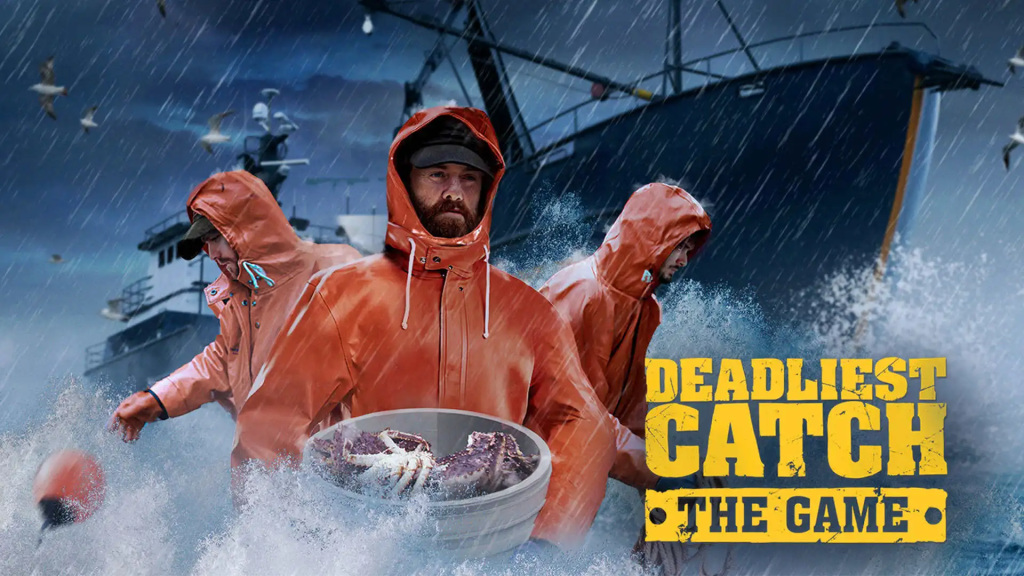
The crews don’t have an audio mixer due to the boat’s lack of space; instead, shotgun microphones are attached to the cameras, and the fishermen wear wireless microphones. For maximum authenticity, the sound team incorporates real sounds while post-producing the audio. Unfortunately, corrosion, accidents and ice often damage the cameras despite them being soundproofed.
While being a crab fisherman is dangerous, the camera crew are also at risk as soon as they board the boats. This is especially true of the first seasons, as most of the camera crews lacked experience on crab boats – according to Sig Hansen, captain of the Northwestern, he saved a cameraman’s life, from being hit by a deadly 900-pound crab pot. The behind the scenes special also showed a distracted cameraman stepping into an open hatch, and breaking three ribs as a consequence.
The fishermen and filming crew have also clashed on occasions – in season four, Captain Keith Colburn began arguing with his brother, and demanded that the cameras be turned off. However, the siblings forgot to remove their wireless mics, and their argument was recorded and featured in the episode, albeit without accompanying images. In season five, the Northwestern’s camera crew were asked not to film Jake Anderson as he was informed of his sister’s death, and honored the request.
A clash between Sig Hansen, Andy and Johnathan Hillstrand, and the camera crews led to the three captains being dismissed from the show in September 2010, with Discovery Communications launching a litigation lawsuit. Just weeks later, all parties reached an agreement, and the captains agreed to return for season seven.
Deaths on the Show
“Deadliest Catch” was struck by tragedy on 29th January 2010, as Captain Phil Harris suffered a stroke and collapsed after complaining of being tired. He was discovered by the engineer Steve Ward, unable to move his left leg or hand, but still conscious. Immediately, Steve called for Phil’s sons while he contacted paramedics.
Thom Beers, the show’s producer and creator, claims that Phil insisted that the camera crews filmed him during the delicate moment. In an interview, he said: “The guy was persistent when we were doing this, saying, ‘Dude, you’ve got to. We’ve got to have an end to the story. You want to film this, film this’”. Honoring Phil’s wishes, Thom continued to record Harris as he was airlifted to Anchorage, Alaska.
After undergoing emergency brain surgery to relieve built-up pressure in the cranial vault and avoid further brain damage, Phil spent eleven days in ICU, but passed away on 9th February 2010. On “After The Catch”, the Soul Rebels Brass Brand performed a New Orleans-style jazz funeral in his honor.
What Happened To “Time Bandit”?
On 11th March 2019, TMZ broke the news that the “Time Bandit” had been listed for sale for the astonishing price of $2,888,888. The vessel, which debuted on “Deadliest Catch” in season two, was described as a 113-foot boat with a capacity for 175,000 pounds of crab, or 365,000 pounds of salmon.
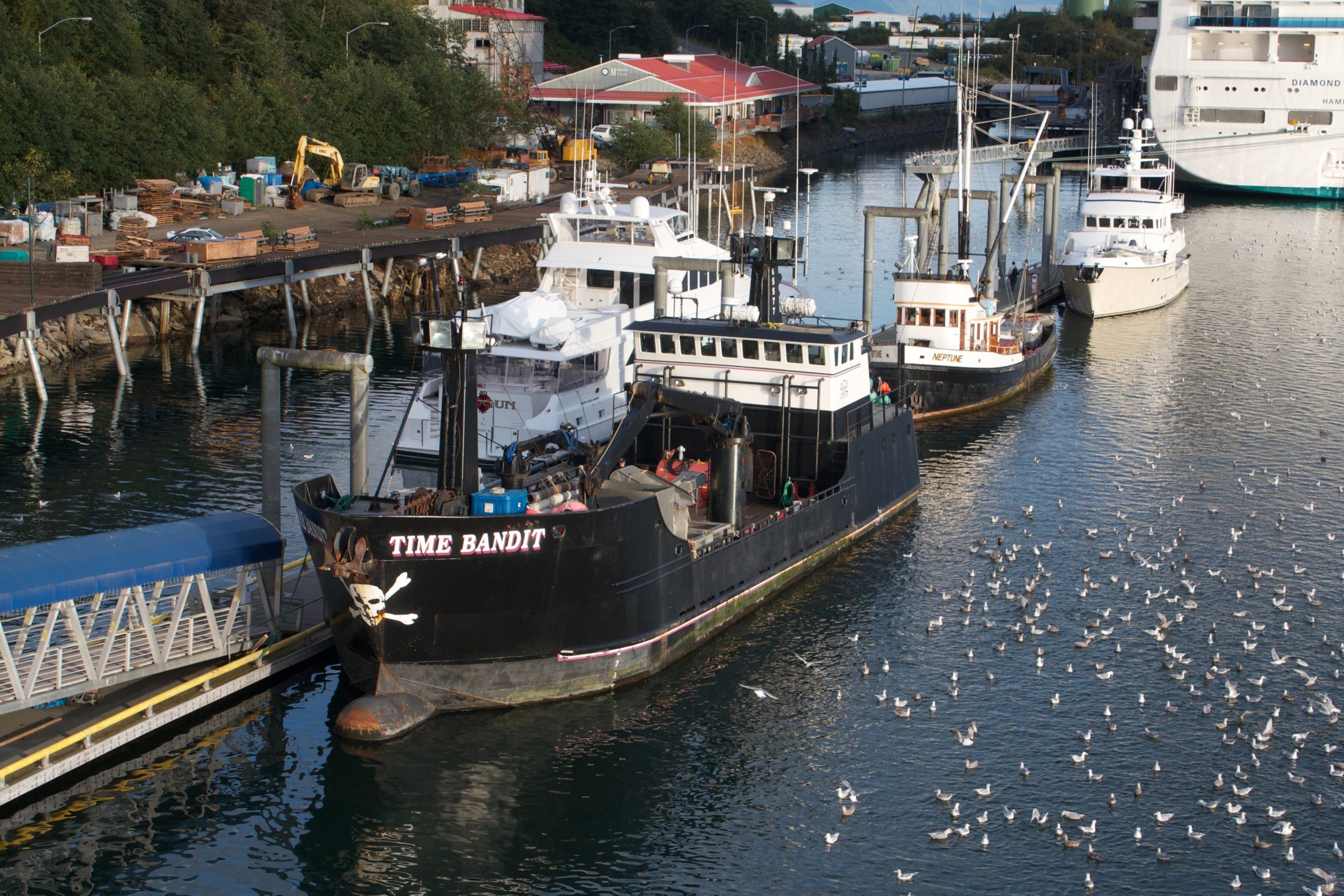
The vessel was built in 1991, and had appeared in almost all seasons of “Deadliest Catch” up until the thirteenth, with the Hillstrand brothers as its captains. but exactly why was it put up for sale? Apparently, Neil filed for divorce in October 2018, and agreed to pay his estranged wife Sugayle Marie Hillstrand, $10,000 if the boat was ever sold.
The plot thickened in 2021, as it was revealed on Dock Street Brokers – the online marketplace where the vessel was originally listed – that the offer had been taken down. Months earlier, Johnathan penned an intriguing Tweet that read: “Thank you everyone for all your encouraging posts. God Bless you all! My wife and I have been busy… The Time Bandit is all put back together and running Great. I’ll keep you all posted”.
Naturally, the Tweet led to fans of the show wondering whether the Hillstrands would return to the series. Despite Johnathan’s appearance in a few episodes of season 16 as co-captain, Neal and Andy had yet to return, despite being popular fixtures on the program.
However, a quick check of their IMDb profiles revealed that both were working on a Discovery Channel documentary entitled “Deadliest Catch: Time Bandit Returns”, while Neal’s Facebook livestreams showed him stocking up with plenty of food and supplies for a possible sea voyage or long road trip. There are no updates as of March 2022, but fans eagerly await the return of the Time Bandit.
Net Worth
As you might expect, the show regulars of “Deadliest Catch” have amassed a healthy net worth over the years, thanks to their catch, TV appearances and off-camera endorsements – on average, the captains with most screen time can earn up to five figures per episode depending on the show’s ratings.
Reliable sources confirm that the richest captain is Sig Hansen of Northwestern, with a net worth of $4 million.
I bumped into some friends in Homer @FVTimeBandit and Southern Wind🇺🇸 pic.twitter.com/sWSTUfUL1Z
— Bryan Maker🇺🇸 (@Brymaker) September 7, 2021
It doesn’t look like he’ll be leaving the show anytime soon, but he’s training his daughter Mandy to become a captain, and to one day continue his legacy.
Next up is Captain Bill Wichrowski of Summer Bay, with an estimated $3 million net worth, closely followed by Johnathan of the Time Bandit who is worth $2.2 million. Next up are Captains Jake Anderson of Saga and Keith Colburn of Wizard, who are worth $1.8 million and $1.5 million respectively.
Even the lesser-paid captains of the show are worth at least six figures: Josh Harris of the Time Bandit, Casey McManus of Cornelia Marie, and Scott Campbell Jr of Lady Alaska are estimated to have net worths of $800,000, $700,000, and $600,000 respectively.
It’s important to note that not all the captains’ net worths are reported online, and some figures may need to be updated. However, there’s no doubt that “Deadliest Catch” has turned out to be a lucrative professional opportunity for the majority of the cast, richly deserved considering the trials and tribulations associated with their profession.

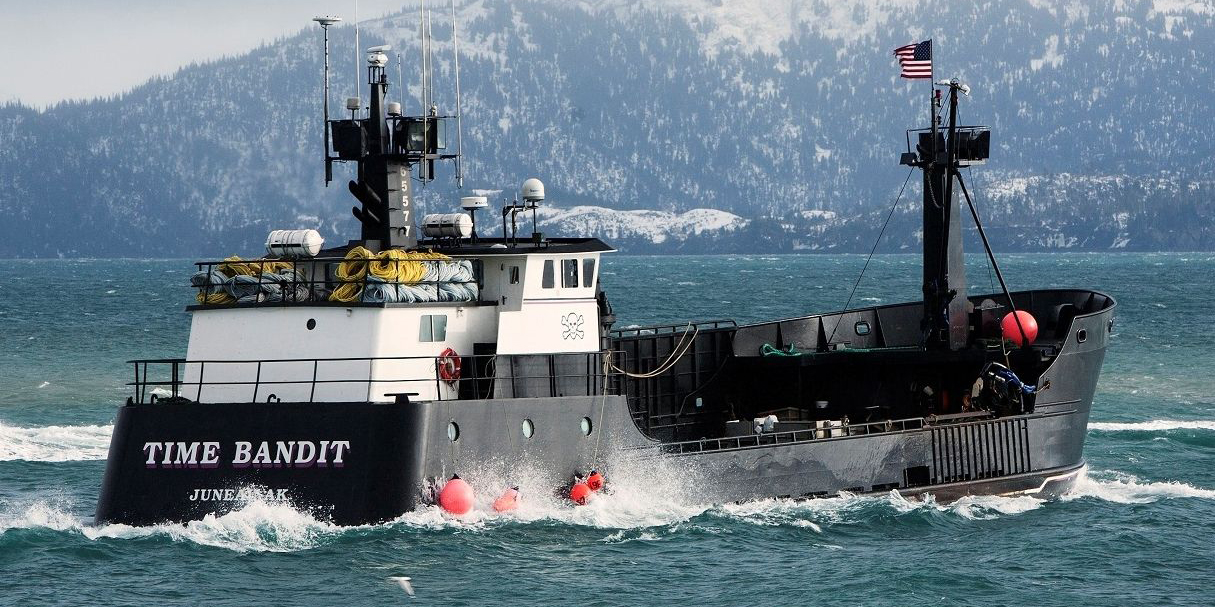
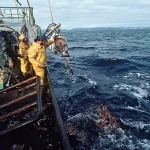
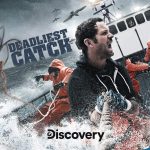
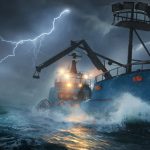
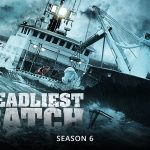





Leave a Comment